This month’s story about the Moose Hide Campaign to end violence against women and children inspired this reflection on blind spots and how we begin to have eyes to see our own.
Seeing Our Blind Spots
Albeit a simple list of considerations for seeing our own blind spots, this work is important to helping us dismantle damaging personal and systemic paradigms of oppression.
Realize we each have blind spots, those unconscious assumptions and biases about people and events and the “way things are” in the world.
We can think of our blind spots as being like our shadow – those disowned, denied qualities about our self.
Understand that our blind spots develop early, typically pre-verbally, when we are making meaning of the world and our place in it by watching, listening, absorbing the words and actions of others.
As we are watching and learning how to be from those we tend to trust and rely for our care and well-being, we may not even think to challenge, or feel it is safe to challenge.
Blind spots may not start out blind. They may be learned coping, even survival strategies, which eventually become unconscious habits of being and thinking.
Consider that our feelings of discomfort, anxiety, anger, and fear may indicate that a blind spot is being illuminated.
Use these feelings as an invitation to breathe, lean in, and ask “What is being disturbed, awakened, illuminated?”
Take a compassionate stance, and like in meditation, allow the answers to arise. Notice.
Ask for support and feedback from a trusted source.
Educate ourselves about the forms and impacts damaging personal and systemic oppressive paradigms.
Convene circle conversations support deeper self and collective inquiry and thoughtful action.
“As daring leaders, we have to stay curious about our own blind spots and how to pull those issues into view, and we need to commit to helping the people we serve find their blind spots in a way that’s safe and supportive.
Like all of us, most of the daring, transformational leaders I’ve worked with have overcome hurtful experiences—from childhood illness and painful family histories to violence and trauma. Many are in the middle of deep struggles like marriages that are failing, children in rehab, or health crises. The difference between leading from hurt and leading from heart is not what you’ve experienced or are currently experiencing, it’s what you do with that pain and hurt.” – Brene Brown (source)

